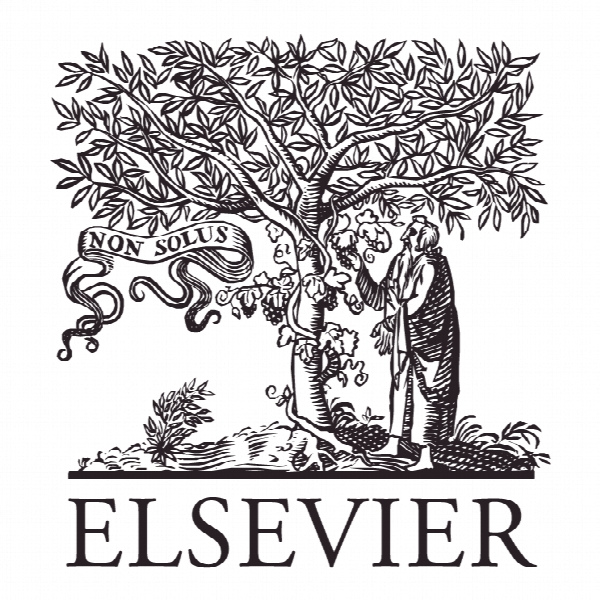مسیر دستیابی به نتیجه: فعل و انفعال از استراتژی بازار خدمات و مدل های کسب و کار باز The path to outcome delivery: Interplay of service market strategy and open business models
- نوع فایل : کتاب
- زبان : انگلیسی
- ناشر : Elsevier
- چاپ و سال / کشور: 2018
توضیحات
رشته های مرتبط مدیریت
گرایش های مرتبط مدیریت استراتژیک و مدیریت کسب و کار
مجله تکنولوژی – Technovation
دانشگاه ESADE Business School – Ramon Llull University – Spain
شناسه دیجیتال – doi https://doi.org/10.1016/j.technovation.2018.02.003
منتشر شده در نشریه الزویر
کلمات کلیدی انگلیسی Service market strategy, Open business models, Outcome-based contracts, Service innovation, Servitization
گرایش های مرتبط مدیریت استراتژیک و مدیریت کسب و کار
مجله تکنولوژی – Technovation
دانشگاه ESADE Business School – Ramon Llull University – Spain
شناسه دیجیتال – doi https://doi.org/10.1016/j.technovation.2018.02.003
منتشر شده در نشریه الزویر
کلمات کلیدی انگلیسی Service market strategy, Open business models, Outcome-based contracts, Service innovation, Servitization
Description
1. Introduction The shift to provision of services – often referred to as servitization – became a prominent trend in a number of industries (Rabetino et al., 2018; Cusumano et al., 2015; Vandermerwe and Rada, 1988). Manufacturing and software firms have pursued service market strategy in order to achieve differentiation in increasingly commoditized product markets and increase their financial performance (Cusumano et al., 2015). For instance, industrial manufacturers such as Caterpillar and Atlas Copco offer maintenance and monitoring services for their equipment. A biopharmaceutical company, Pfizer, complements its products with a range of healthcare solutions that range from patient diagnostic tools to the tools that help track patient compliance with medications. The most advanced stage of this shift to services is an outcomebased market strategy, whereby the firm guarantees the outcome (result) that the customer requires and combines diverse products with the service offer (Ng et al., 2013; Suarez et al., 2013; Visnjic et al., 2017). For instance, GE Aviation, a subsidiary of General Electric, and RollsRoyce, the aerospace and defense company, began as manufacturers of airplane engines (product), then included services such as maintenance in their portfolio (product plus service), and finally shifted into selling ‘flying hours’ by guaranteeing the availability of their engines (outcome) (Ng et al., 2013; Batista et al., 2016; Howard et al., 2016). Most scholars agree that services and outcomes create higher value for the customer and, consequently, firms create growth opportunities pursuing these strategies (Sawhney et al., 2004; Fang et al., 2008; Visnjic Kastalli and Van Looy, 2013; Kowalkowski et al., 2017). However, for the service and, especially, the outcome-based market strategy to be executed effectively and efficiently, it needs to be accompanied by change in the business model used to deliver the service or outcome (Forkmann et al., 2017b; Kindström, 2010; Visnjic et al., 2016). It remains unclear what this business model change entails and how value creation is affected by it. Consequently, the interdependencies between a shift to service market strategy and a change in the business model, including their combined impact on value creation, are not well understood (Forkmann et al., 2017a; Hacklin et al., 2017; Visnjic et al., 2017; Zott and Amit, 2008). This is, indeed, an important concern and represents a gap in the literature, especially since empirical evidence suggests that a shift into services can represent an implementation challenge that not only results in faltering growth but also destroys value (Fang et al., 2008; Visnjic et al., 2017), damages the firm’s performance (Kohtamäki et al., 2013; Suarez et al., 2013; Visnjic Kastalli et al., 2013; Josephson et al., 2016) and ultimately risks firm survival (Benedettini et al., 2015).


